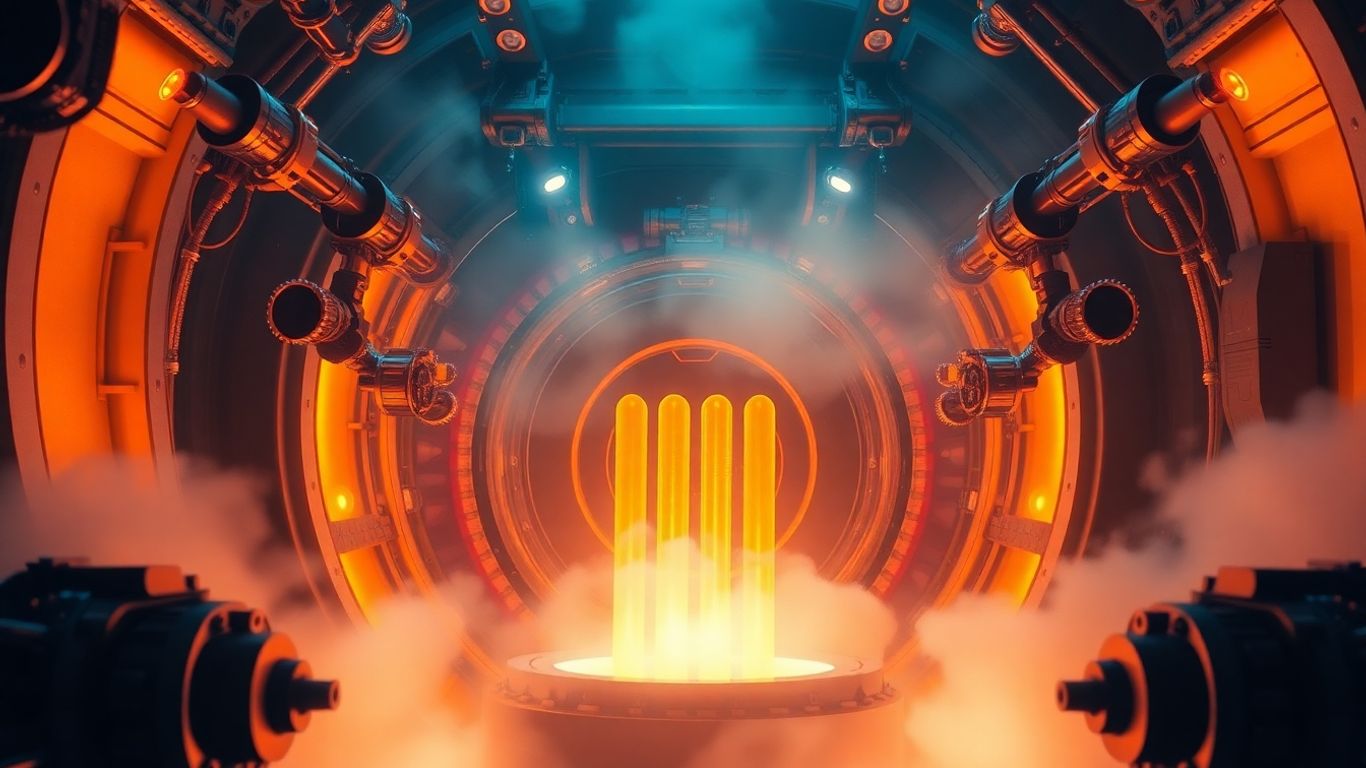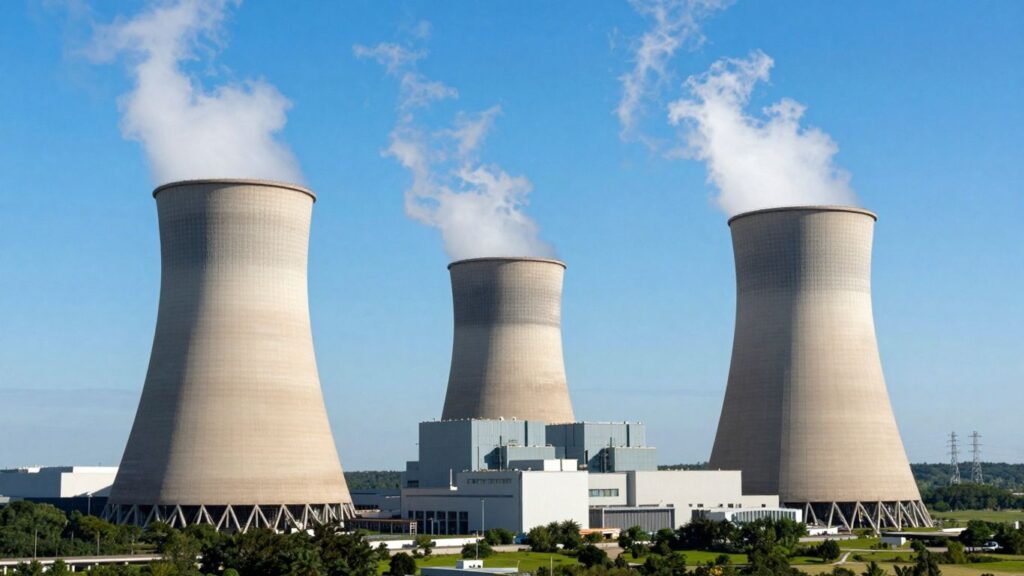China has achieved a groundbreaking milestone in nuclear energy by successfully powering up the world’s first thorium-fueled molten salt reactor (MSR) and, remarkably, reloading its fuel while it was still operational. This pioneering feat, accomplished in the Gobi Desert, signifies a major leap forward in the pursuit of safer, cleaner, and more abundant nuclear power.
A New Era of Nuclear Energy
China’s experimental thorium MSR represents a significant departure from traditional uranium-based nuclear reactors. Unlike conventional designs that use solid uranium rods, this innovative reactor dissolves thorium fuel in molten salt. This unique approach offers several key advantages:
- Enhanced Safety: The molten salt acts as both fuel carrier and coolant. In the event of a leak, the salt would cool and solidify, preventing the catastrophic meltdowns associated with pressurized water reactors. The system operates at atmospheric pressure, reducing the risk of explosions.
- Reduced Waste: Thorium reactors produce significantly less long-lived radioactive waste compared to uranium reactors, and the waste generated is less toxic.
- Abundant Fuel: Thorium is considerably more abundant than uranium, with China possessing vast reserves that could potentially power the nation for millennia.
- No Weapons Proliferation: Thorium cannot be easily used to create nuclear weapons, enhancing global security.
From Cold War Research to Global Frontier
The concept of thorium MSRs is not new, with early research conducted in the United States during the mid-20th century. However, the focus shifted to uranium due to its dual-use potential for nuclear weapons during the Cold War. China’s current success builds upon this declassified U.S. research, with scientists at the Shanghai Institute of Applied Physics mastering and advancing the technology.
The reactor, initially going critical in October 2023 and reaching full power by June 2024, demonstrated its live refueling capability in April 2025. This ability to refuel without shutting down is a critical step towards continuous, more efficient, and cost-effective operation, positioning China at the forefront of global thorium reactor development.
Global Implications and Future Prospects
While China’s experimental unit is small, producing just 2 megawatts of thermal output, it serves as a crucial proof of concept. The nation is already planning a 10-megawatt version, slated for criticality by 2030. This advancement could revolutionize the global energy landscape, offering a sustainable alternative to fossil fuels and complementing intermittent renewable sources like solar and wind.
Other nations, including India and Norway, are also investing in thorium research and development. The international community, including the International Atomic Energy Agency (IAEA), is closely monitoring these advancements, recognizing thorium’s potential to contribute to a cleaner energy future. The successful demonstration of live refueling marks a significant turning point, suggesting that the long-discussed potential of thorium energy is finally beginning to be realized.
Sources
- China Just Powered Up the World’s First Thorium Reactor — and Reloaded It Mid-Run, ZME Science.
- China’s TMSR-LF1 Molten Salt Thorium Reactor Begins Live Refueling Operations, Hackaday.
- Gravity Batteries, Green Hydrogen, and a Thorium Reactor for China, IEEE Spectrum.
- China’s 60,000-Year Power Solution 2025, Discovery Alert.
- China to activate world’s first ‘clean’ nuclear reactor in September, Live Science.












